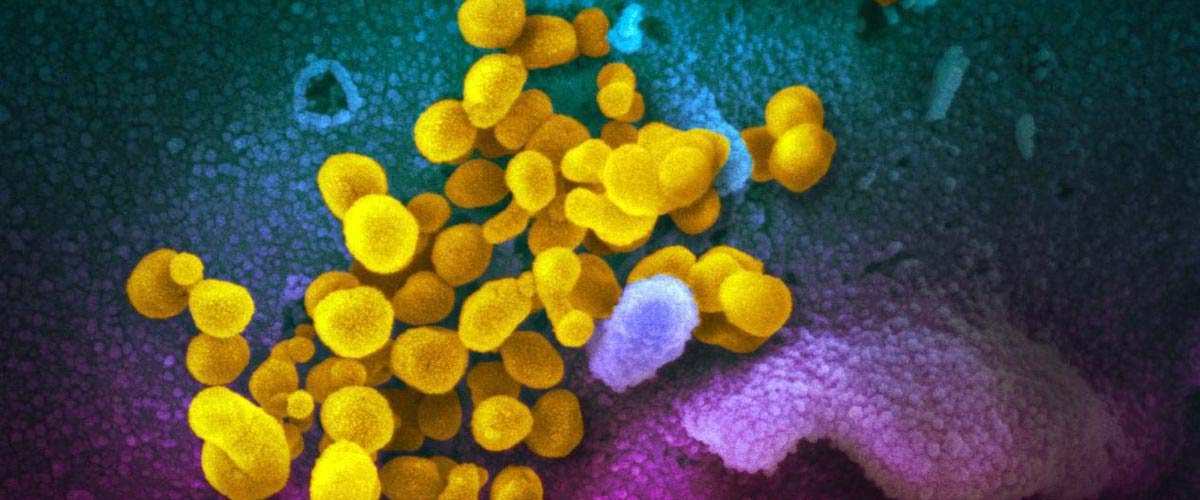The most common bacterial infection cause is known as Staphylococcus aureus, a gram positive microorganism. The pathogen causes a broad spectrum of infections involving the skin, soft tissues, bone and implanted devices. With time, the bacteria have gained resistance against the antibiotic leading to serious morbidities and mortalities. To combat the infection,most clinicians prescribe vancomycin, which is highly effective. However, the increased use has reduced the efficacy of the drug leading to new resistant strain.
The study published in the Journal of Infection in Developing Countries investigated the prevalence of the new vancomycin-resistant strain in Turkey hospital. The lead author with his team collected one hundred Methicillin-resistant S. aureus (MRSA) clinical isolates to determine the impact of the antibiotic of the MRSA strain. Deniz Gazel reported, “ we also employed 4 different screening techniques to identify the best diagnostic tool to detect the new resistant strain.”
The first vancomycin resistant strain (VISA) and the heteroresistant vancomycin-intermediate S. aureus (hVISA) were identified in 1997 with MIC of 8 µg/mL and MIC of 2 µg/mL,respectively. The team commented, “ the study presented with high rates of hVISA prevalence in Turkey compared to the previous studies conducted.” Among the 100 samples, Satola’s test displayed 43% resistant strain whereas BHIAV and VRE agar screening test results presented as 70% and 4%, respectively. Furthermore, when the author subcultured, MIC values of 20 (47%) hVISA strain lowered to 2 µg/mL. Thus, the research team assumed that the HIA-V and VRE agar screening methods were not suitable to detect the isolates compared to the other methods.
The author concluded, “comparatively, it is not recommended to employ either of these methods for screening purposes except for subculturing. The subculturing proved to be beneficial in reducing isolates similar to co-administration response to meropenem with vancomycin. Hence, future studies necessary to explore the combined effects of carbapenems with vancomycin against hVISA.
















Add comment